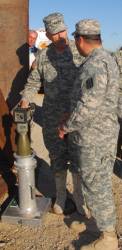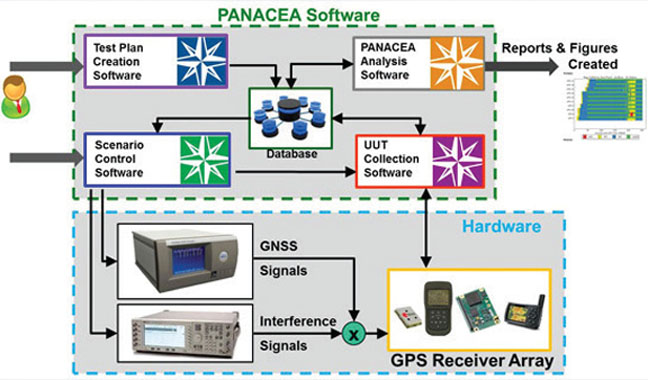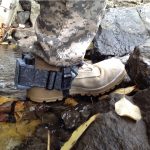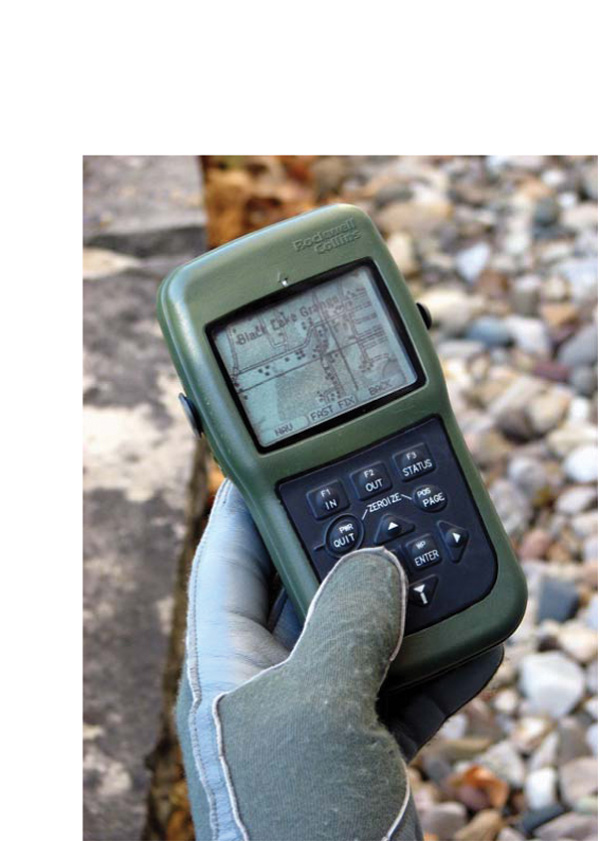 GPS-guided APMI mortar in the field. U.S. Army photo
GPS-guided APMI mortar in the field. U.S. Army photoU.S. soldiers in Afghanistan are the first Army combat units to have access to GPS-guided 120-millimeter mortar cartridge capability — a rapidly fielded capability that has put precision guidance into a still-smaller military form factor.
The Program Executive Office (PEO) for Ammunition at Picatinny Arsenal, New Jersey, fielded the Accelerated Precision Mortar Initiative (APMI) cartridges to an infantry brigade combat team (IBCT) earlier this month, and is scheduled to field cartridges to the seven other IBCTs in Afghanistan within six months.
U.S. soldiers in Afghanistan are the first Army combat units to have access to GPS-guided 120-millimeter mortar cartridge capability — a rapidly fielded capability that has put precision guidance into a still-smaller military form factor.
The Program Executive Office (PEO) for Ammunition at Picatinny Arsenal, New Jersey, fielded the Accelerated Precision Mortar Initiative (APMI) cartridges to an infantry brigade combat team (IBCT) earlier this month, and is scheduled to field cartridges to the seven other IBCTs in Afghanistan within six months.
The APMI XM395 mortar cartridge is supplied by Alliant Techsystems Inc. (ATK), headquartered in Minneapolis, Minnesota, and incorporates a modified Precision Guidance Kit (PGK) featuring a Selective Availability/Anti-Spoofing Module (SAASM) from L3/Interstate Electronics Corporation, of Anaheim, California.
ATK was selected as winner of competitive APMI XM395 demonstration program in April 2010 and supplied the munition under an expedited urgent material release (UMR) program.
"APMI . . . provides the infantry commander precision-strike capability, which he has never had before," said Peter Burke, PEO Ammunition’s deputy product manager, Guided Precision Munitions and Mortar Systems.
"Typically mortars are fired in volleys against an area target because of their inherent inaccuracy, but with APMI, you have the potential to destroy a target with only one or two rounds," Burke said.
The APMI cartridge has a requirement of 10 meters circular error probable (CEP), but Burke said the program is exceeding this requirement. Ten meters CEP means that the rounds will fall within a 10-meter radius of a target 50 percent of the time.
The current CEP for 120-millimeters mortars at their maximum range is 136 meters, according to Picatinny Arsenal officials. Mortars with the most advanced features, such as precision position and pointing systems, can achieve a 76-meter CEP, which still makes APMI seven times more accurate than any formerly fielded mortar.
Although the APMI will not replace standard 120-millimeter mortars, its accuracy will enable U.S. forces to reduce the danger of collateral damage in attacking a target.
Insurgents often plan attacks in populated areas in the hope that opposing forces won’t retaliate to avoid risking accidental harm to civilians or damage to non-military property, Burke said.
"Sometimes, if the risk of collateral damage is too high, you might not be able to fire (a standard 120mm) at all," Burke said of enemy engagements. "In that case, instead of firing a mortar from a protected position, you would have to send troops in to engage with direct-fire weapons, exposing them to more risk."
But because of APMI’s GPS-technology, which provides an accurate, first-round fire-for-effect capability, troops will have opportunities to employ APMI’s precision where they previously would not, such as nearer to friendly forces or in urban areas, according to Army representatives.
The APMI XM395, cartridge uses a standard M934 high-explosive 120-millimeter projectile body. In the nose, a GPS receiver and computer controlled aerodynamic directional fins keep the round on its programmed trajectory. Folding fins in the tail provide stability.
APMI also has a multi-functional fuse, which allows the round to be programmed to explode in the air, once it hits a hard surface, or after it penetrates inside a target.
In order for the autonomous flight and fuse control to function properly, operators must input mission and GPS data from a fire control computer into the round using a setting device.
Earlier PEO Ammunition program investments contributed to APMI’s development by providing technological building blocks and by paving inroads, including the 155mm Excalibur round and the PGK.





